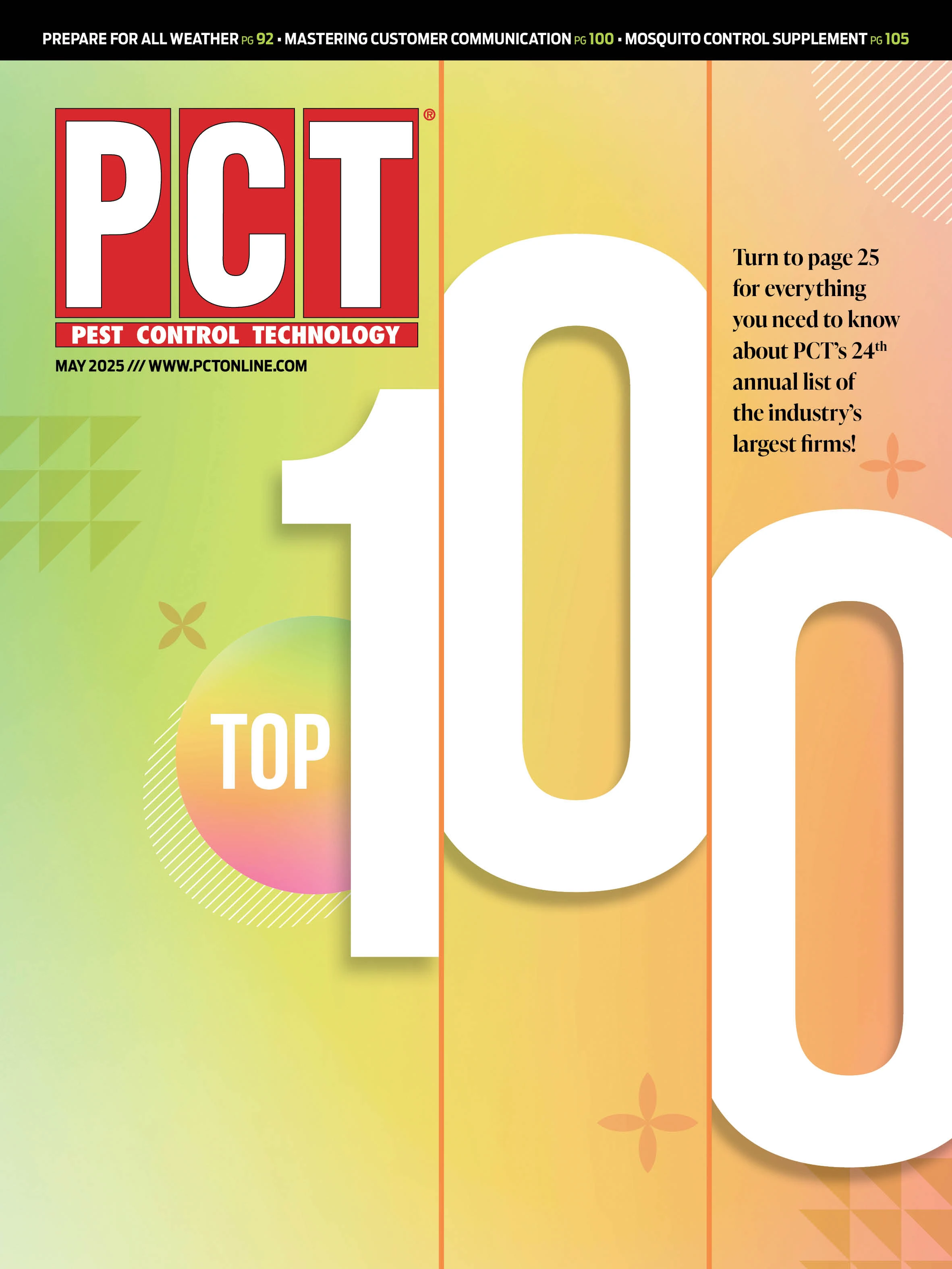
1. How can you determine whether pests originate from within the property or are repeatedly introduced from outside sources?
Through thorough inspections, identify signs of pest presence and degree of reproductive activity, paying extra attention to anywhere you suspect pests might hide. Check surrounding areas for possible external sources of pests (e.g., garbage bins, neighboring properties with infestations) and analyze patterns of pest sightings. Look at potential introductory points and investigate conducive conditions to see if pests are merely seeking food or shelter.
2 . What are the key factors to consider when identifying which pests are infesting a property?
Look for physical evidence that can help pinpoint the type of pest. Observe where and when the pests are most active. Certain areas, like basements or kitchens, might indicate specific pests such as rodents or cockroaches. Examine environmental conditions, like warmth, moisture, or food sources within the property that may attract pests. Review previous pest issues to identify persistent vulnerabilities.
3. Which external environmental factors can PMPs observe to help affordable housing clients prevent infestations?
Check for improperly stored waste or overflowing, uncovered dumpsters. Assess nearby greenery that might provide shelter or pathways for pests to enter properties. Look for stagnant water sources. Identify structural vulnerabilities, like cracks in walls, damaged roofing or unsealed openings, which can serve as pest entry points. Consider nearby properties or natural areas that may contribute to recurring infestations.
4. How can PMPs address and avoid being blamed when various other factors contribute to infestations?
Use visuals. Educate clients by explaining the imperative role of exclusion and sanitation in preventing infestations. Conduct detailed property inspections and provide reports that document contributing factors. Share specific, actionable steps clients can take and measure to reduce pest risks. Leverage data and evidence to demonstrate to clients the environmental or structural conditions that are aiding infestations. Shift the focus from blame to addressing the root causes. Schedule regular follow-ups.
5. How do you effectively convey the actions customers need to take to address these issues?
Clearly outline the steps customers need to take. Share real-life scenarios that help customers relate to the importance of their actions in preventing infestations. Check in periodically to offer additional support or clarification and demonstrate your commitment to their success. Emphasize the collaborative effort required between pest control professionals and customers for effective solutions.

Explore the May 2025 Issue
Check out more from this issue and find your next story to read.